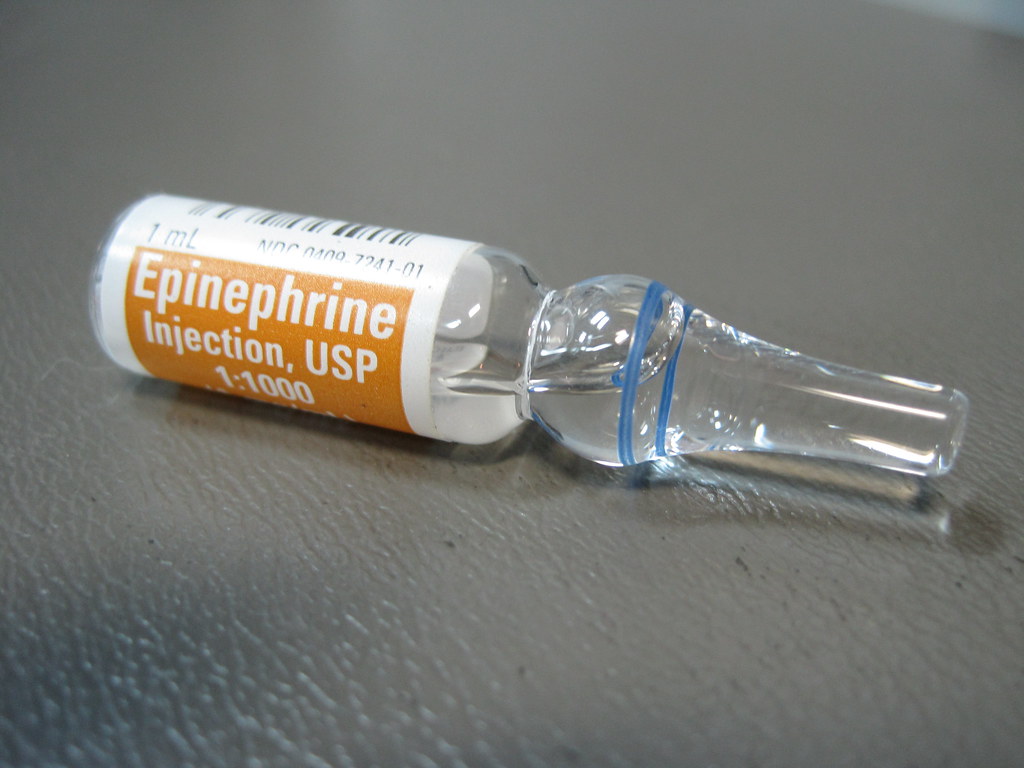At that dose I don't even think they call them vials. There are big vials with maybe 100 times the dose (30 mg total) of an EpiPen, and designed to be used for multiple doses for whatever purpose. There are also different concentrations. While it costs less than an EpiPen, that's probably enough to kill someone if stressed out and they even make the tiniest of mistakes and injects too much. I was reading that the 1 ml versions come in glass "ampules" that need to be broken, and I don't believe they're generally sold for emergency anaphylaxis treatment, but for other more controlled uses. I guess that's easy enough when not stressed out. If I were panicking, I don't know if I could keep the ampule vertical enough to avoid spilling it, and in any case it has to be snapped off. Then it would need to be drawn with the syringe. On top of that, it could still be dangerous or even fatal to give too much since it has 3 times the dose of an EpiPen.
I remember someone doing a presentation in class, and the subject was the instructions for his allergy shots. He showed a used old-fashioned syringe that was preloaded by the manufacturer with epinephrine. It came with a bunch of instructions on a piece of paper. I don't think these are even sold any more. Then he showed us his unused EpiPen, how the instructions were clear (and on the device) and said something about how it would probably feel like getting stabbed.


